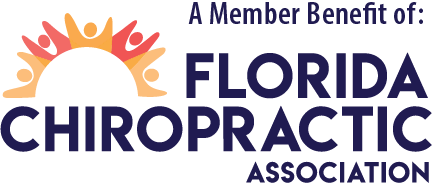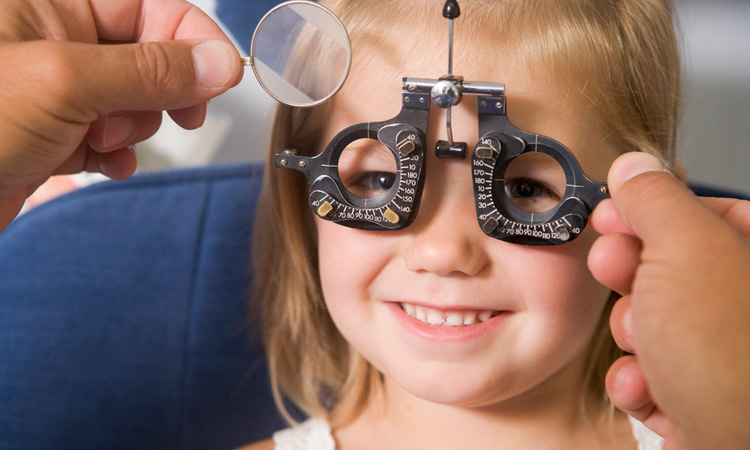Vision plays a vital role in one’s ability to learn, but did you know that more than 61 percent of the United States population needs some sort of vision correction? Combine that percentage with this fact: In a person’s first 12 years of life, about 80 percent of their learning takes place visually. So, what does this mean for young children who have undiagnosed vision problems? Their learning may be impaired due to preventable, and detectable vision-related problems.
The Importance of Vision in Learning
There’s no denying that vision plays a key role in a child’s ability to learn from a very young age. Specifically, even as babies and toddlers, children need sound vision to acquire eye movement skills and focusing abilities. As they get older, their eyesight helps them acquire teaming skills, binocular vision skills, visual perceptual skills, and even visual-motor integration.
Still, with about one in four children suffering from vision impairment, those who don’t receive corrective treatment for poor eyesight, learning problems can result because these vision problems interfere with a child’s ability to reach full learning potential (American Academy of Optometry).
Problems That Can Arise
Unfortunately, vision problems can be difficult to diagnose. Often times, signs of a vision problem are first noticed by a classroom teacher, who may observe that the child is struggling in a particular area of study. Furthermore, some schools conduct vision tests, and this is also a common juncture at which vision problems are detected.
According to the American Optometric Association, when a vision impairment goes undetected for long enough. learning disabilities are more likely to form. Some examples of common learning disabilities that can be related to vision impairment include:
- ADD
- dyslexia
- issues with spoken and written comprehension
- challenges with reasoning
And while it’s possible to work around these learning disabilities, they can have a major impact on a child for the rest of his or her life.
Early Detection is Key
The best way to avoid a learning disability caused by vision impairment is to detect vision troubles as early as possible in children. This means scheduling them for regular eye exams at the recommended intervals, which fall within six months, three years, and upon entry into school. From there, annual eye exams are recommended to ensure there aren’t any changes in a child’s vision. By scheduling eye exams early on and regularly, parents can get their children any corrective lenses that may be needed to ensure full learning potential in school.
For parents without vision insurance, now is a great time to look into buying a policy that can be used for the entire family. The FCA Private Insurance Exchange has vision plans* that can help cover everything from annual exams to prescription lenses and everything in between.
Now that you understand the important role vision plays in your child’s learning, isn’t it time to schedule an eye exam with a local optometrist?
* Must be purchased as an add-on to a Dental plan.

